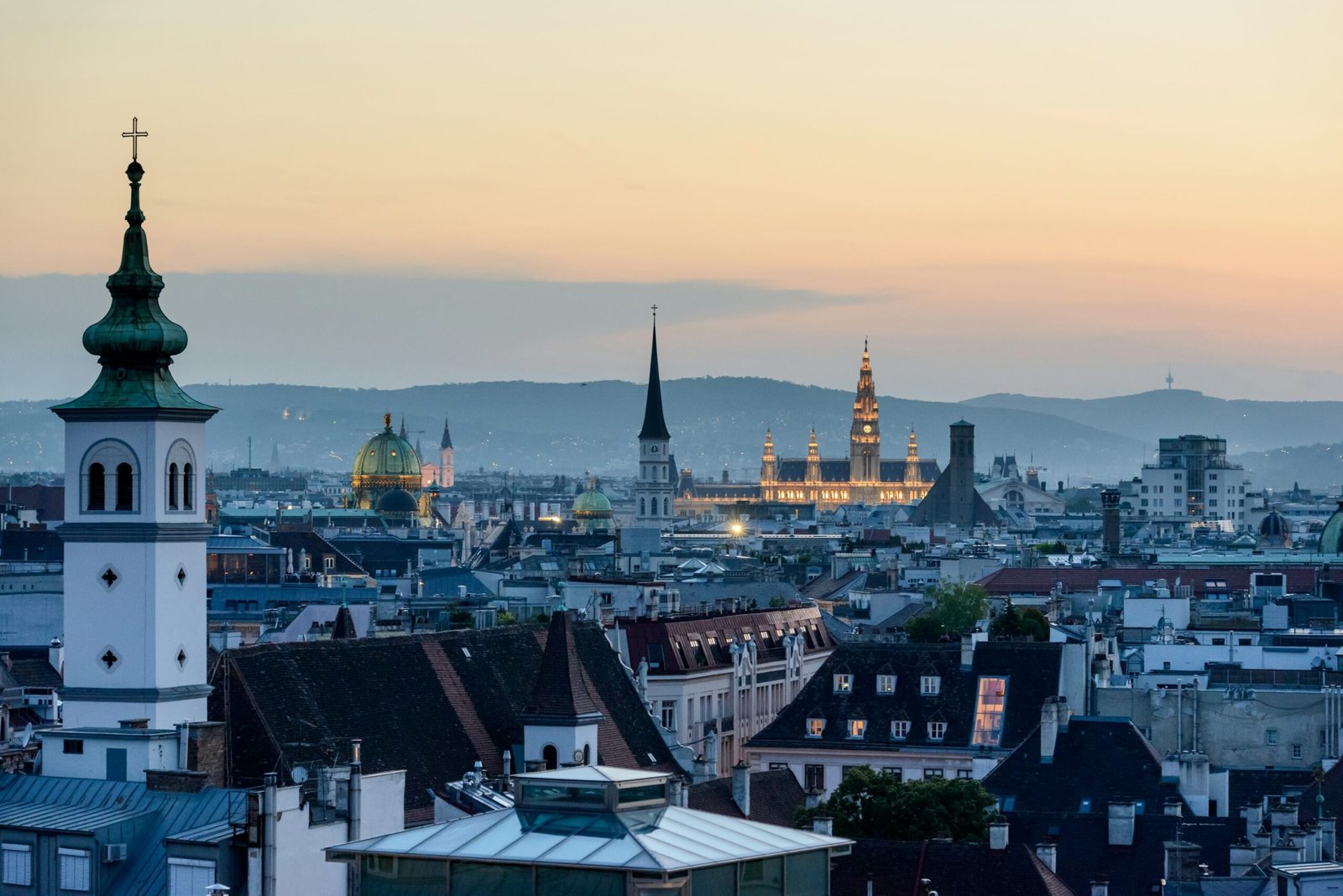For an Italy student visa, you generally do not need to pay the full tuition fee before your visa is approved. However, some universities may require a partial deposit or enrollment confirmation to issue your admission letter, which is necessary for the visa application. It’s important to follow your chosen university’s instructions carefully. Always keep proof of any payments made as part of your visa documentation.
- 9845411411
- info@brightpathnepal.com


